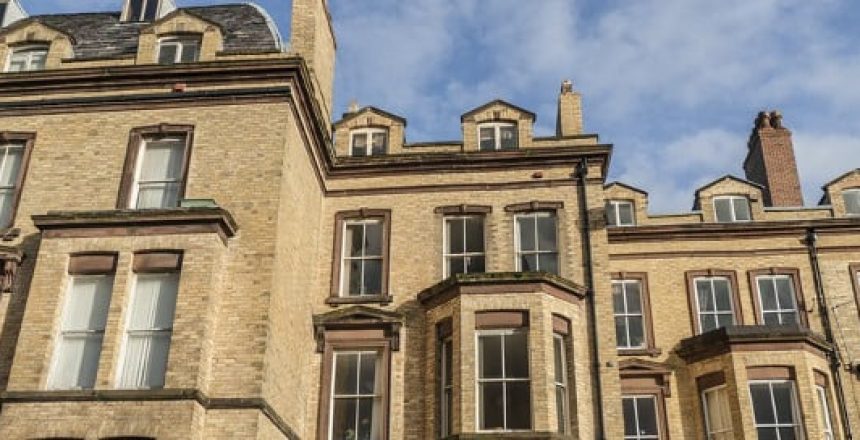- Our Services
Serve Notices
Calculators
- About Us
- Testimonials
- Resources
- FAQs
- Contact Us

A freehold agreement indicates absolute ownership of a piece of land and any property which is situated upon it. Most houses are purchased on a freehold basis, where the owner has the freedom to make changes and sell it as and when they see fit.
A leasehold agreement is what gives a tenant or leaseholder permission to live in the building for a certain amount of time. They do not own the land or the property, they simply bought the lease. It is under this category that most flats fall. The building itself is owned by a separate freeholder who receives maintenance fees and a nominal ground rent (which might be facilitated through an external managing agent).
Given that leaseholders pay a mortgage, it’s understandable that some might be confused over what it is they bought and actually own. If the opportunity presented itself, many would be keen to buy the freehold to their home – but is this possible?
Yes, it is possible. The most common scenario occurs when the freeholder wants to sell. All leaseholders are given the right of first refusal (RFR) before the freeholder can put their property on the market. Leaseholders will be sent written notice of the sale and offer price, which also dictates a two month acceptance period. Leaseholders must accept during this time otherwise the freeholder can sell elsewhere.
Should the freeholder want to sell the property at auction, the leaseholders can be granted a longer, four-month period, but in most cases, this will remain at two. A solicitor will handle the lease transfer.
As all leaseholders in the building will be offered the right to buy, individuals are somewhat reliant on their neighbours to accept and not pull out at a later date or to have sufficient funds themselves to buy out their neighbours. Non-buying leaseholders will simply become tenants of the new freeholder.
They also need to bear in mind that buying the freehold doesn’t just include the land and buildings, but also a responsibility for building maintenance, insurance, and liaison with existing contractors/suppliers.
There is another scenario. As stipulated in the Commonhold and Leasehold Reform Act 2002, leaseholders have the right to legally group together and buy the freehold (at a fair price), whether the freeholder was thinking about selling or not. This is known as collective enfranchisement.
There are rules pertaining to the purchase of a freehold, naturally. First, there should be at least two flats in the property (both leaseholders should want to buy). In larger structures, at least half of the leaseholders need to participate.
Collective enfranchisement cannot take place if the property comprises four or fewer flats, and was owned and lived in by the freeholder (or a member of their family) before it was divided into separate units.
Buying a freehold is possible, but it can be a complicated business. Any leaseholders considering it should obtain specific legal advice to ensure that they can make an informed decision.

Adam has worked in the property sector for 20+ years. He specialises in the ground rent and freehold reversion space, providing services to clients from private landlords to corporate investors. Freehold Sale launched In 2013 where Adam enjoyed success building and managing freehold portfolios with partner companies.